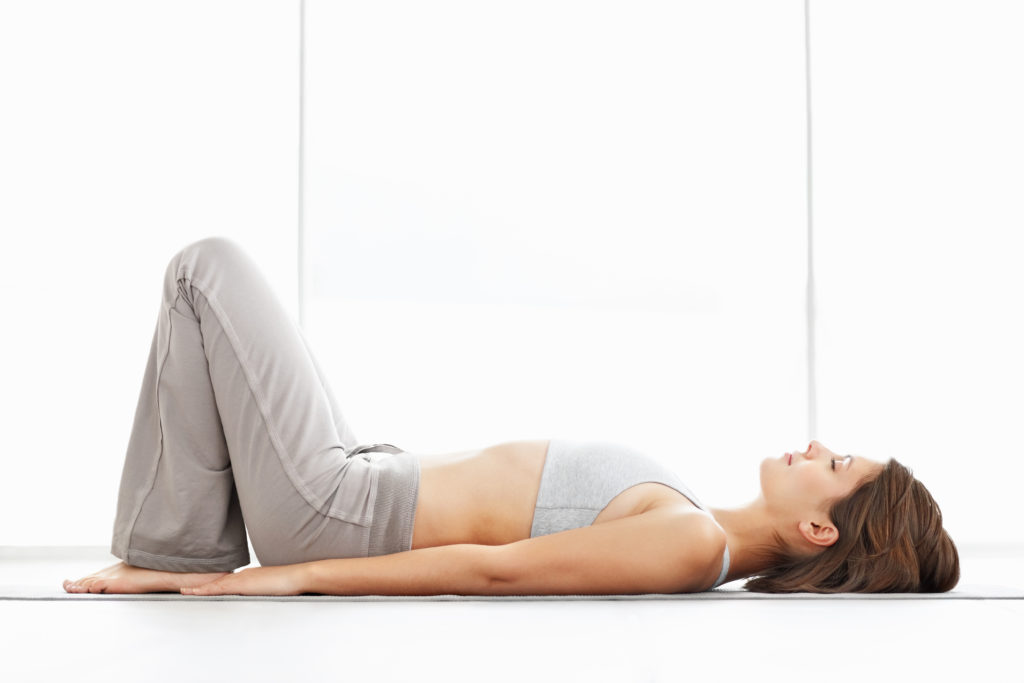
The Feldenkrais Method®
Are you recovering from an injury or suffering from chronic pain? The Feldenkrais Method of somatic education may help. It offers a holistic approach to human development and motor function improvement through the medium of movement and sensation. The effectiveness of the method lies in its ability to work with the whole person. It is also useful for elite athletes and expressive artists.
Buffy Owens, GCFP, a Guild Certified Feldenkrais PractitionerCM with experience as a personal trainer, yoga instructor, birthing assistant and life coach, explains how the method works.
What Is Feldenkrais?
Feldenkrais is based on the premise that through personal experience we develop habitual patterns of physical and psychological behavior—movement and thought—to ensure our personal, biological and social comfort. Over time these patterns become deeply embedded in our neurological systems and can become “blocks” to new ways of thinking, feeling and moving (Feldenkrais 1949).
The method’s creator, Moshe Feldenkrais, emphasized that the most effective way to improve our activity and reaction patterns was to work with four interacting elements: the nervous system, the skeleton, the muscles and the environment. The environment, as he used the term, included self-image and social and cultural influences (Feldenkrais 2010).
How the Method Is Taught
The Feldenkrais Method has two separate modalities. Awareness Through Movement classes verbally guide participants through a series of gentle and sophisticated movement sequences. The focus is on helping you to discover your habits of moving, thinking and sensing; for example, where you use unnecessary effort or add unconscious constraints. Functional Integration is a one-on-one, hands-on approach to working with people. It explores learning through skilled manipulation and passive movements.
Resources
To learn more about Feldenkrais, see these websites:
- Feldenkrais Resources, www.feldenkraisresources.com
- Feldenkrais Guild of North America, www.feldenkrais.com
- International Feldenkrais Federation, www.feldenkrais-method.org